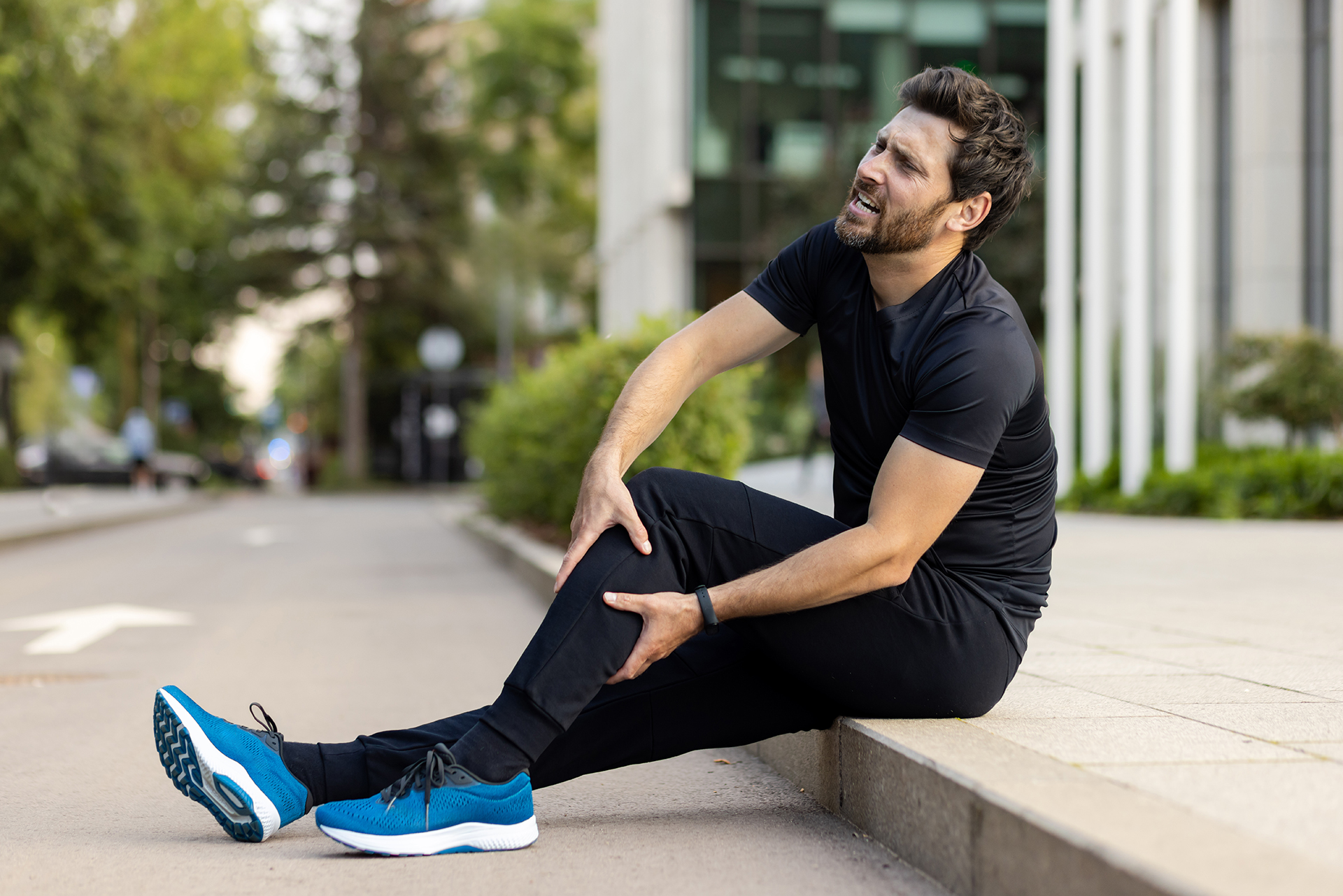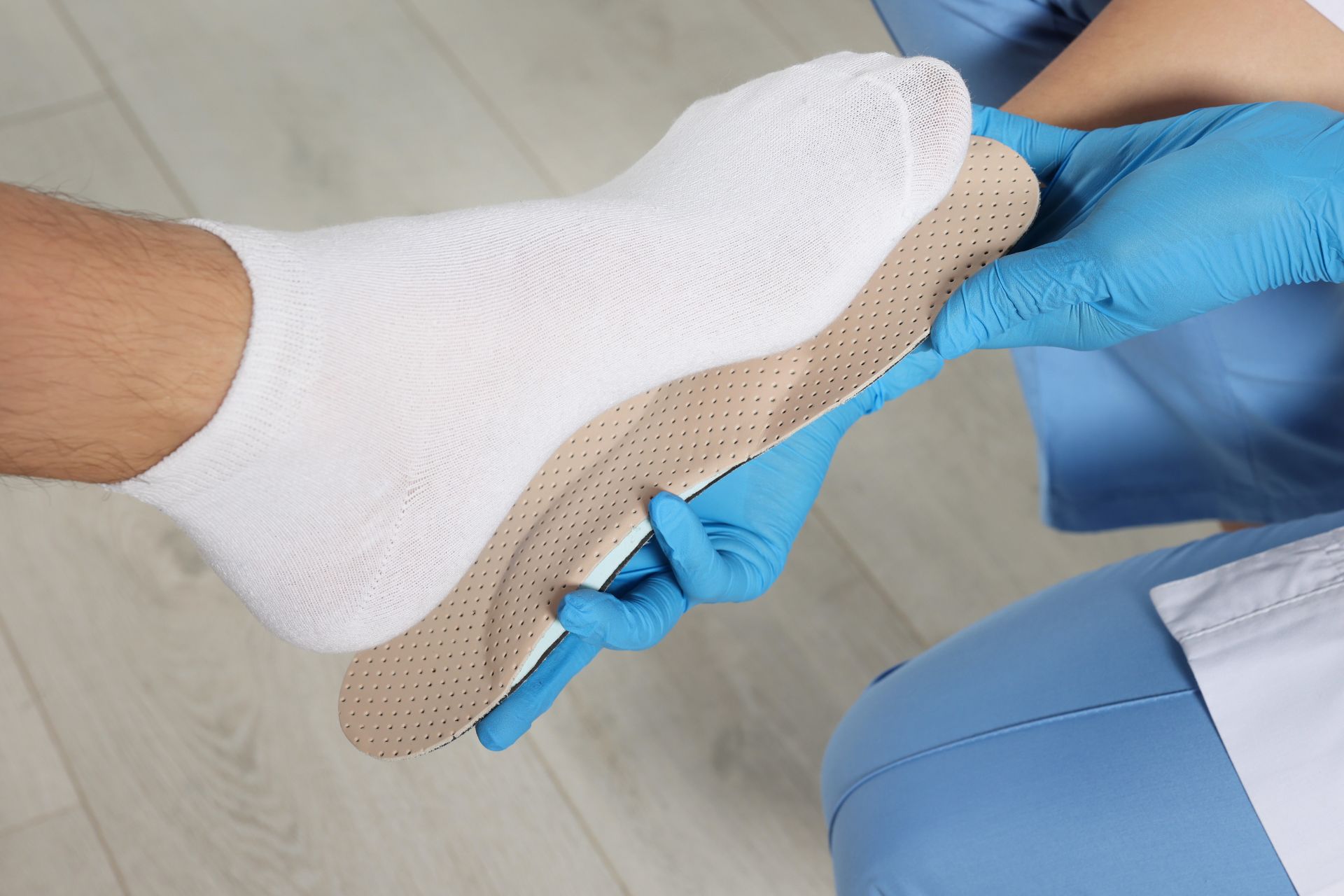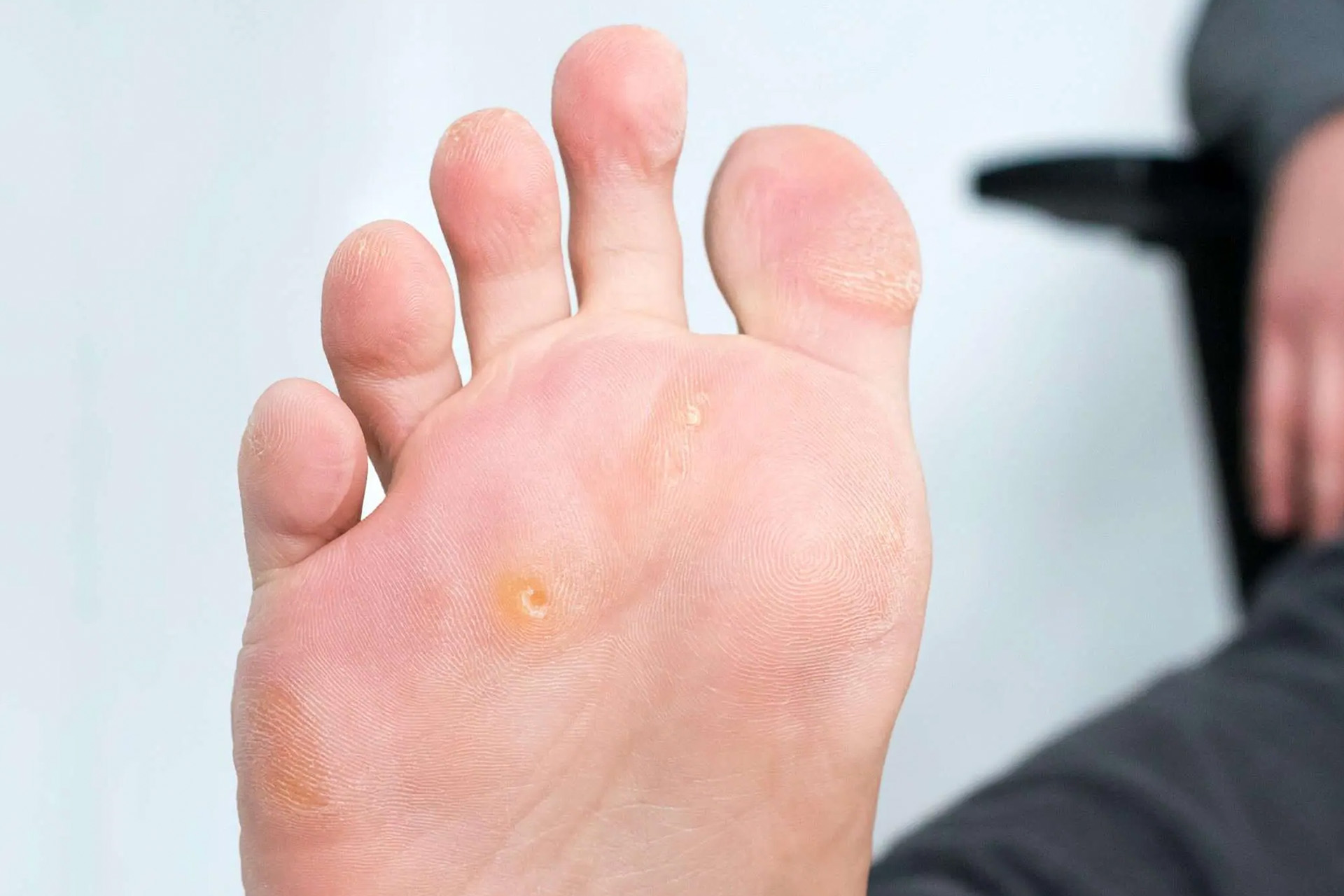Shin Bone Pain in Runners
Shin bone pain from running is one of the most frequent complaints among runners and athletes, often referred to as ‘shin splints’. The condition occurs when the muscles, tendons and bone tissue along the front of your tibia become irritated or inflamed. While it is common in the running community, it should not be dismissed as a minor nuisance. Left unmanaged, shin bone pain can evolve into more serious issues such as stress fractures.
Recognising the signs and understanding shin pain early allows runners to address contributing factors before the condition worsens.

More about the Condition
Running is a repetitive, high-impact activity. Each stride sends a force through your foot and up to the tibia, also known as the shin bone. Along with its surrounding muscles such as the tibialis anterior, soleus and posterior tibialis, the tibia absorbs these forces. The bone runs down the front of your leg from the knee to the ankle, making it a key structure in the front of your lower leg. When the load repeatedly exceeds the body’s capacity to repair, microscopic damage can occur in the bone and connective tissues.
This repeated strain on the tibia leads to an inflammation of the periosteum, the thin layer of tissue covering the bone, and an irritation of the nearby muscle attachments, particularly in the front of the lower leg. Over time, this results in the familiar dull, aching pain in your shins that can flare during and after runs. Runners are especially susceptible because training often involves multiple high-impact sessions each week, giving the tissues less time to recover.
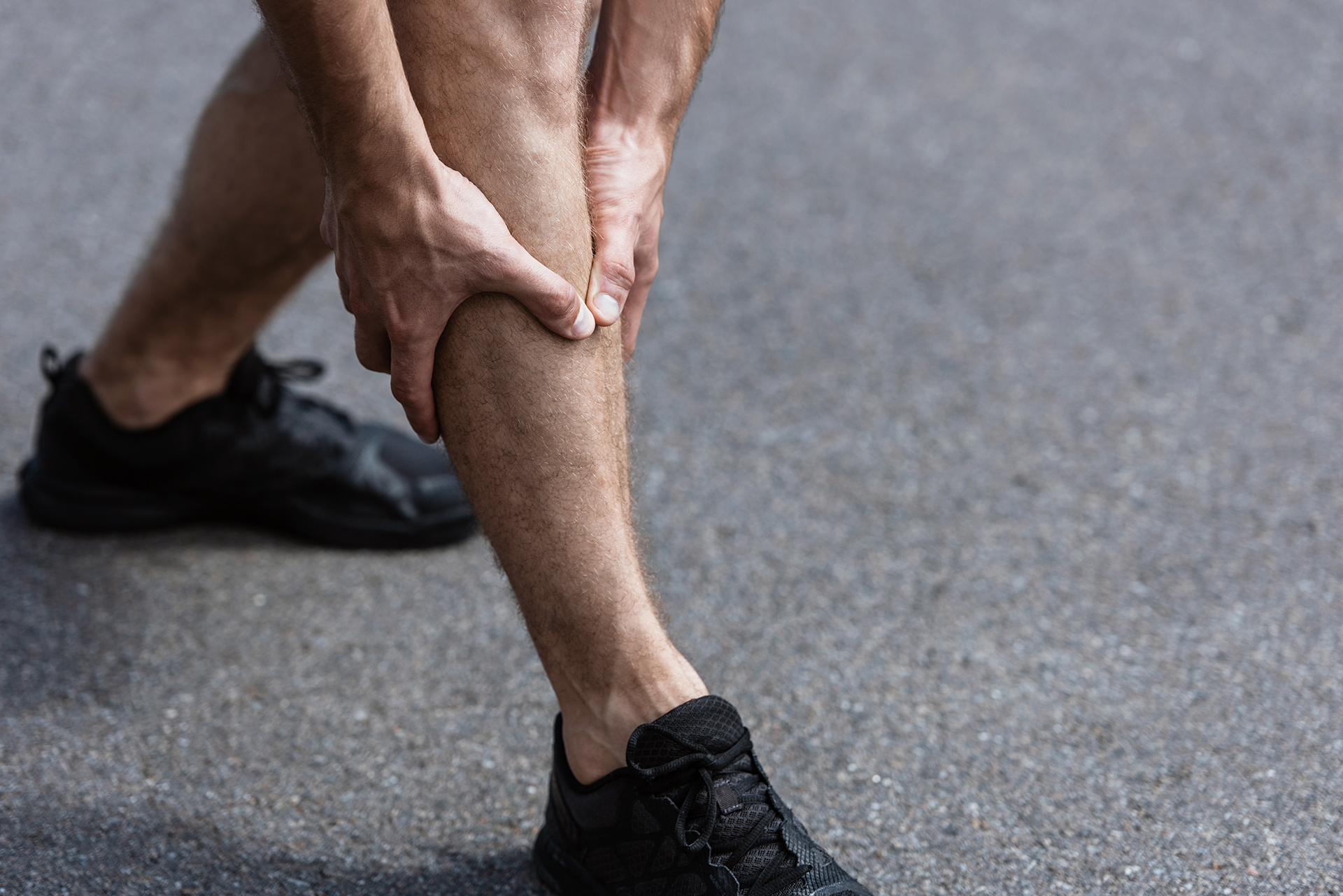
Common Causes of Shin Bone Pain after Running
For many, shin bone pain after running stems from a combination of training errors and biomechanical imbalances. Rapid increases in mileage, pace, or hill training can overload the tibia before it has a chance to adapt, leading to shin splints and pain in the shin area. Poor biomechanics, such as excessive pronation, a noticeable limb length discrepancy, or restricted ankle mobility, can magnify stress on your lower leg, thereby increasing the risk of injury.
Footwear also plays a critical role. Shoes with worn cushioning or inadequate support fail to absorb impact and can alter gait mechanics. Unsurprisingly, surfaces matter too – long runs on concrete, uneven ground, or roads with sharp camber can amplify repetitive strain in the shin area. Intrinsic risk factors for shin splints, including higher body mass index, female gender and a prior history of shin splints, also increase vulnerability.

Symptoms to Watch For
If you have persistent pain in the front of your lower leg, especially in the shin area, you may be experiencing shin splints or other shin injuries.
The hallmark symptom is a gradual onset of pain in the front and along the inner shin, typically in the lower two-thirds of the tibia. This pain in the shin area often appears at the start of a run, may ease once warmed up, and then returns afterwards or the following day. The area may be tender to touch and, in some cases, slightly swollen. Shin splints generally affect a broader area, while a stress fracture produces sharp, focal tenderness and often worsens with weight-bearing activity.
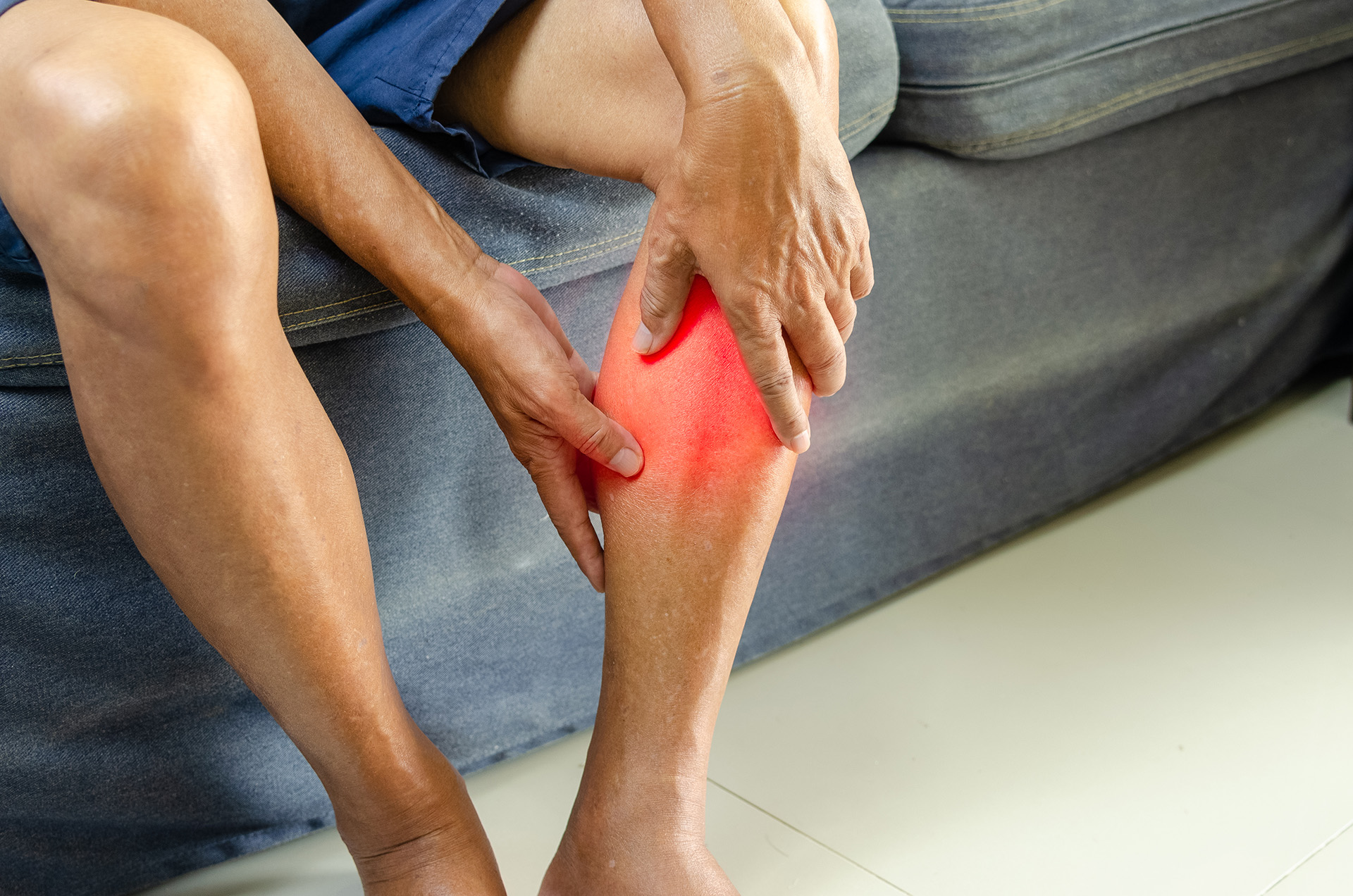
Diagnosing Shin Splints
Diagnosis begins with a thorough clinical assessment of your lower leg. A podiatrist or sports clinician will palpate the shin area to identify the pain in the region and assess for swelling. They will review your running history, footwear and your recent training load. In cases where symptoms persist or if a fracture is suspected, imaging such as an MRI or a bone scan may be recommended to confirm the diagnosis and to rule out other conditions.
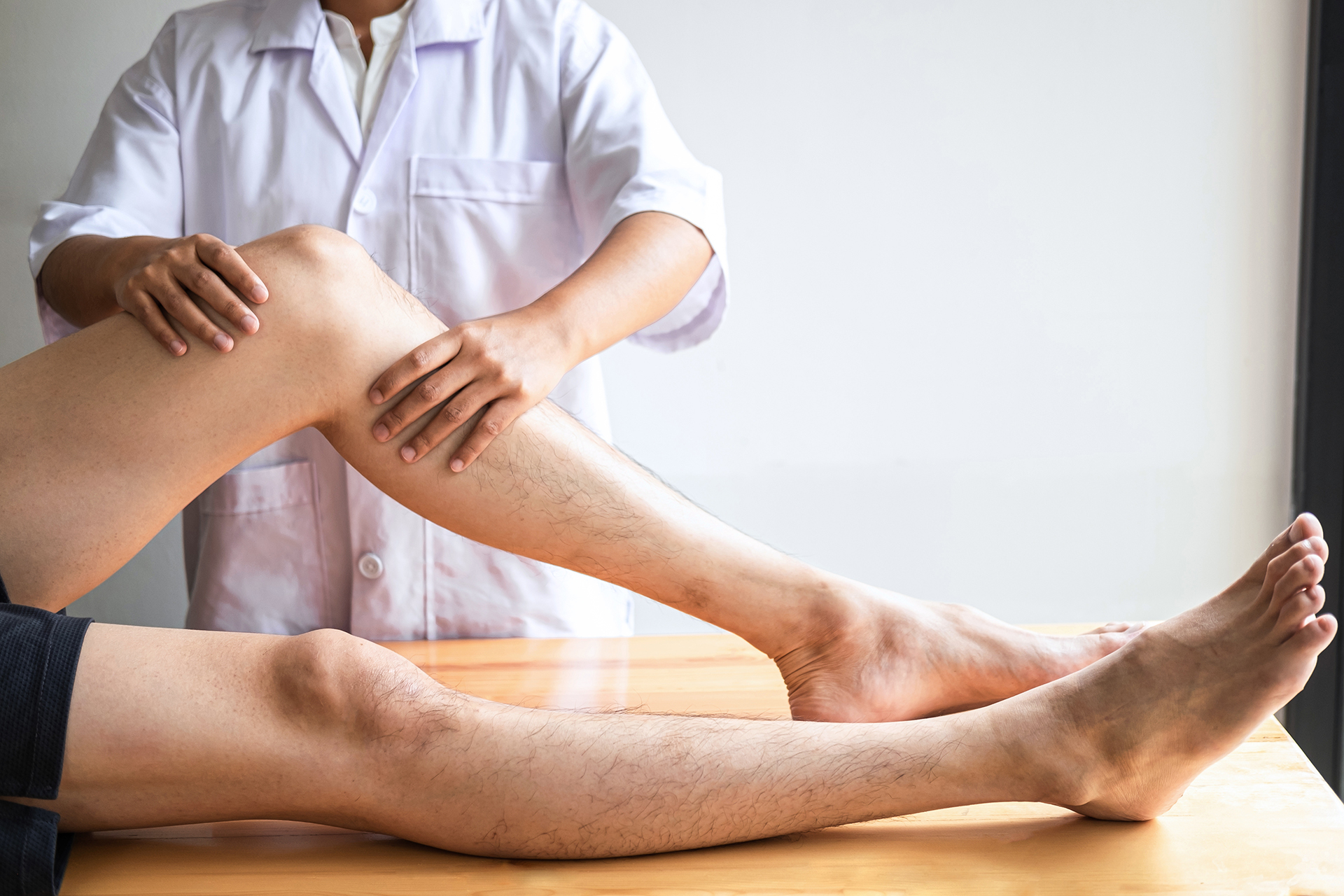
A Stress Fracture: When Shin Pain Means More
While shin splints are a common overuse injury among runners, persistent or worsening shin pain can sometimes signal a more serious problem: a stress fracture. A stress fracture is a small crack in the tibia bone, caused by repeated stress on the shin that exceeds the bone’s ability to repair itself. Unlike the diffuse ache of shin splints, a stress fracture often produces sharp, localised pain that intensifies with activity and may even persist at rest.
If you notice that your shin pain is not improving with rest, or if it becomes more severe over time, you may be developing a stress fracture. This condition is especially common in athletes who continue to train despite the pain of shin splints, thereby placing ongoing stress on the tibia.
Stress fractures require prompt attention from a healthcare provider, as continuing to run can worsen the injury and prolong recovery. Diagnosis typically involves imaging tests such as X-rays or MRI scans to confirm the presence of a stress fracture in the shin bone. Treatment may include a period of rest, activity modification, and sometimes immobilisation, to allow the tibia to heal fully.
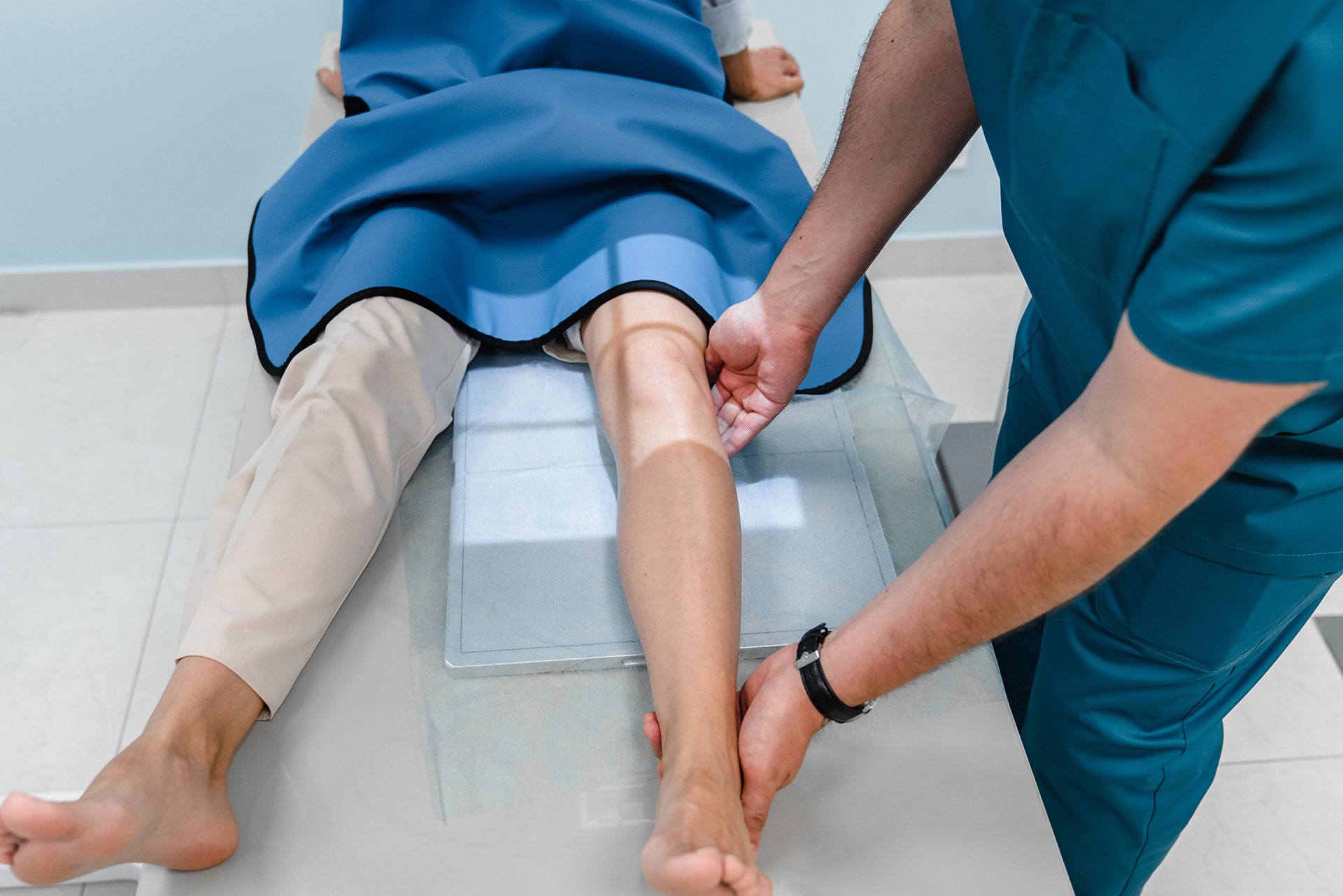
Prevention Strategies and Strengthening for Injury Resistance
Reducing the risk of shin bone pain running starts with a smart training progression. Mileage, pace and intensity should increase gradually to allow the tibia and surrounding tissues to adapt to increased loading demands.
Regular footwear replacement represents a fundamental prevention strategy, with shoes typically requiring replacement every 300-500 kilometres depending on wear patterns and runner weight. Sport-specific running shoes provide superior shock absorption and motion control compared to cross-training alternatives, ensuring optimal support throughout the shoe’s lifespan.

Custom orthoses address biomechanical abnormalities that contribute to the development of overuse injuries, particularly those related to overpronation. These devices redistribute loading forces during running whilst improving overall lower limb alignment. Modern orthotic design utilises advanced materials and manufacturing techniques to create lightweight, durable devices that integrate seamlessly with running footwear and are customised to suit your needs.
Importantly, targeted strengthening programmes form the foundation of effective injury prevention. These include exercises that target the critical lower limb muscle groups, such as:
- Calf raises, performed with both straight and bent knees, strengthen the gastrocnemius and soleus muscles, thereby enhancing their shock-absorbing capacity and reducing tibial stress. To perform calf raises effectively, stand on your toes and lift your heels off the ground, focusing on maintaining balance and executing controlled movements.
- Tibialis anterior strengthening receives particular attention in shin splint prevention programmes. This muscle, responsible for dorsiflexing the foot and controlling foot descent after heel strike, often becomes weak in runners experiencing shin pain. Toe raises and ankle dorsiflexion exercises effectively target this often-neglected muscle group, with attention to proper foot positioning maximising benefits whilst reducing strain.
- Toe curls provide additional strengthening for intrinsic foot muscles. Place a towel on the floor and use your foot to scrunch the towel toward you, building resilience in muscles along the shins whilst improving foot stability and reducing excessive pronation tendencies.
- Hip and core stability work addresses proximal influences on lower extremity mechanics. Weak hip abductors and external rotators contribute to excessive knee valgus and internal rotation, creating abnormal stresses throughout the kinetic chain. Single-leg exercises, lateral walks with resistance bands, and core stability challenges that engage the glutes and abdominals enhance overall movement quality and prevent excessive inward knee collapse, which reduces shin loading.
- Dynamic warm-up routines that combine mobility drills and foam rolling prepare muscles and fascia for impact while supporting tissue health. These practices should include light jogging followed by dynamic stretches, such as high knees and controlled skipping, which refine running mechanics while building tissue tolerance to repetitive impact. Standing on your toes and holding the position for several seconds effectively activates the shin muscles as part of comprehensive warm-up protocols.
Sport-specific drills reinforce efficient movement patterns and prepare the tissues for the demands of running. With proper technique, these exercises enhance the stretch-shortening cycle function of lower extremity muscles, improving their ability to absorb and return energy during ground contact phases whilst reducing injury risk.

Managing Shin Splint Pain
If shin bone pain has already developed, the first step is to reduce activities that aggravate it. Consider switching to lower-impact cross-training activities, such as cycling or swimming, temporarily. These activities allow for fitness maintenance while easing the strain on the shin area and tibia.
The PEACE & LOVE framework is effective for managing acute symptoms. This includes protecting the area from further strain, gentle loading when tolerated, optimising load to encourage healing, and maintaining cardiovascular conditioning. Ice, compression, and elevation can help alleviate pain and discomfort in the early stages of shin injury.
Professional support from a podiatrist could be especially helpful in ensuring optimal recovery. Footwear assessments by the podiatrist will ensure your shoes match your running style and foot shape. Mobilisation exercises restore normal joint movement and muscle flexibility. Custom orthoses can address mechanical contributors, while Shockwave Therapy stimulates tissue repair in stubborn cases. In some scenarios, medial tibial stress syndrome taping can provide temporary support and pain relief during activity.
The RehaWalk® Gait Analysis can be used not only for diagnosis but also to monitor improvements and refine running technique as part of the recovery process. This comprehensive approach addresses both the symptoms and the root causes of shin bone pain.
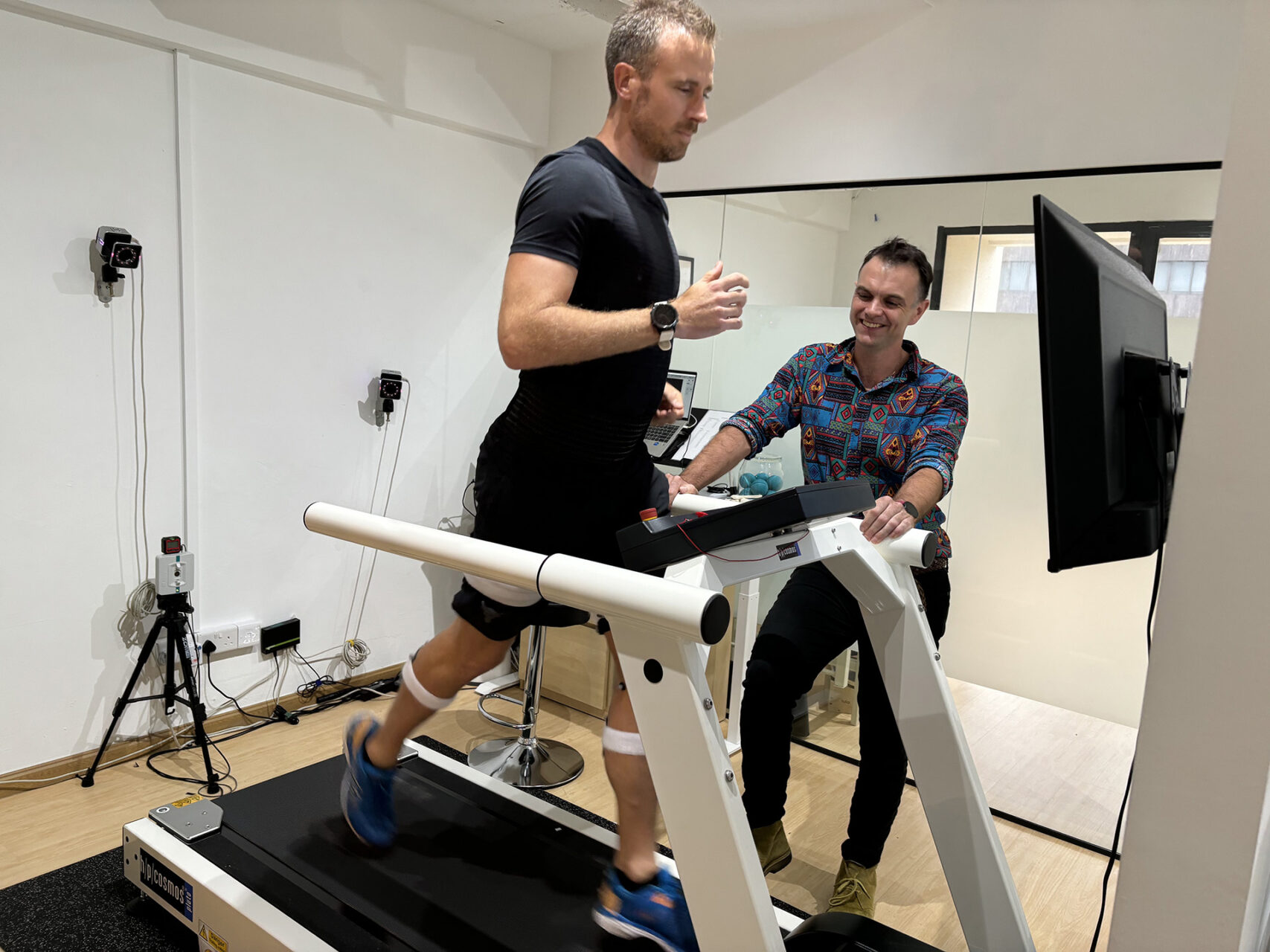
If You Are Experiencing Chronic Pain
If you are dealing with ongoing pain in your lower leg, it’s important to take proactive steps. Shin splints can significantly impact your ability to run and enjoy physical activity, but there are effective strategies to help manage and reduce the pain of shin splints.
Start by incorporating a dynamic warm-up into your routine before engaging in any high-impact activity. Warming up increases blood flow to your muscles and prepares your lower leg for the demands of running, helping to prevent shin splints. Strengthening the muscles in your lower leg, such as with calf raises and toe raises, can also lower your risk of shin splints by improving the resilience of your leg muscles.
Listening to your body is crucial. If you feel pain in your shin or lower leg, take regular breaks and allow time for recovery. Avoid pushing through the pain, as this can increase your risk of developing a stress fracture or other overuse injuries. If shin splint pain persists despite rest and self-care, consult a healthcare provider to rule out underlying conditions such as a stress fracture.

Recovery and Return to Running
The recovery time for shin splints varies depending on severity. Mild cases typically resolve within two to four weeks with rest and correction of contributing factors, while more persistent cases may require several months.
A structured return-to-run plan is essential for shin splints. Start with pain-free walking, then progress to short, low-intensity jogs interspersed with rest days. Gait monitoring ensures that faulty patterns do not return by paying attention to the movement of your foot and alignment with the ground.
Cross-training, such as pool running or elliptical training, helps maintain cardiovascular fitness during recovery. Focus on your form and keep a light pressure on your foot during these activities. Try cycling or swimming on your non-running days to reduce impact on your shins and support overall recovery.
Strengthening your shins with specific exercises, such as toe raises and ankle mobility drills, helps support your return to running. These exercises are designed to build muscle around your shins and improve stability, thereby reducing the risk of future injuries.

When to See a Podiatrist
If you experience persistent symptoms for more than two weeks or are unsure about your condition, it’s essential to seek assessment from a podiatrist, such as at The Foot Practice.
Prompt assessment is crucial when pain in the lower leg persists despite reduced training, worsens during daily activities, or becomes sharp and localised. Book a consultation with The Foot Practice today and take the first step towards pain-free running.

